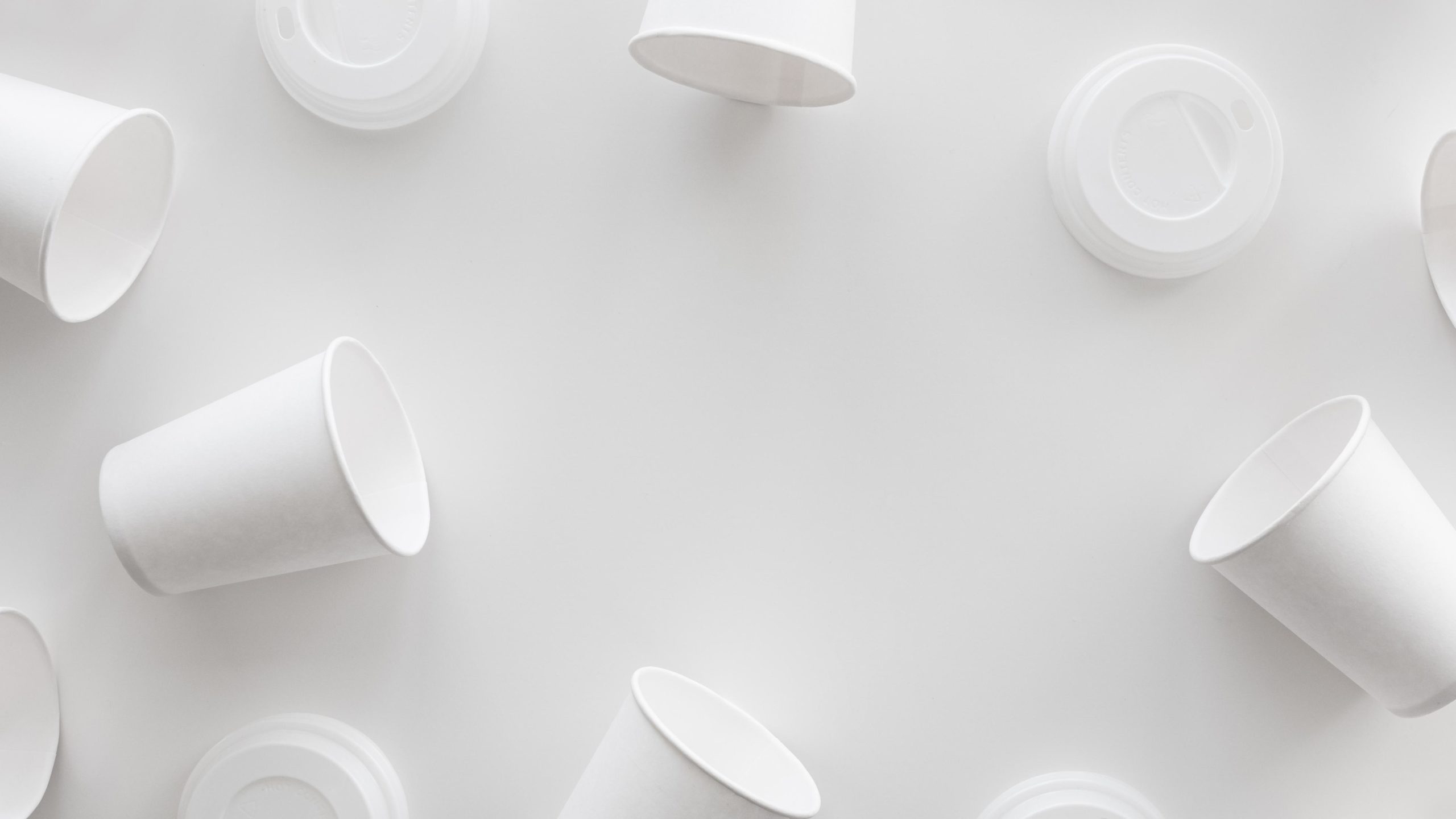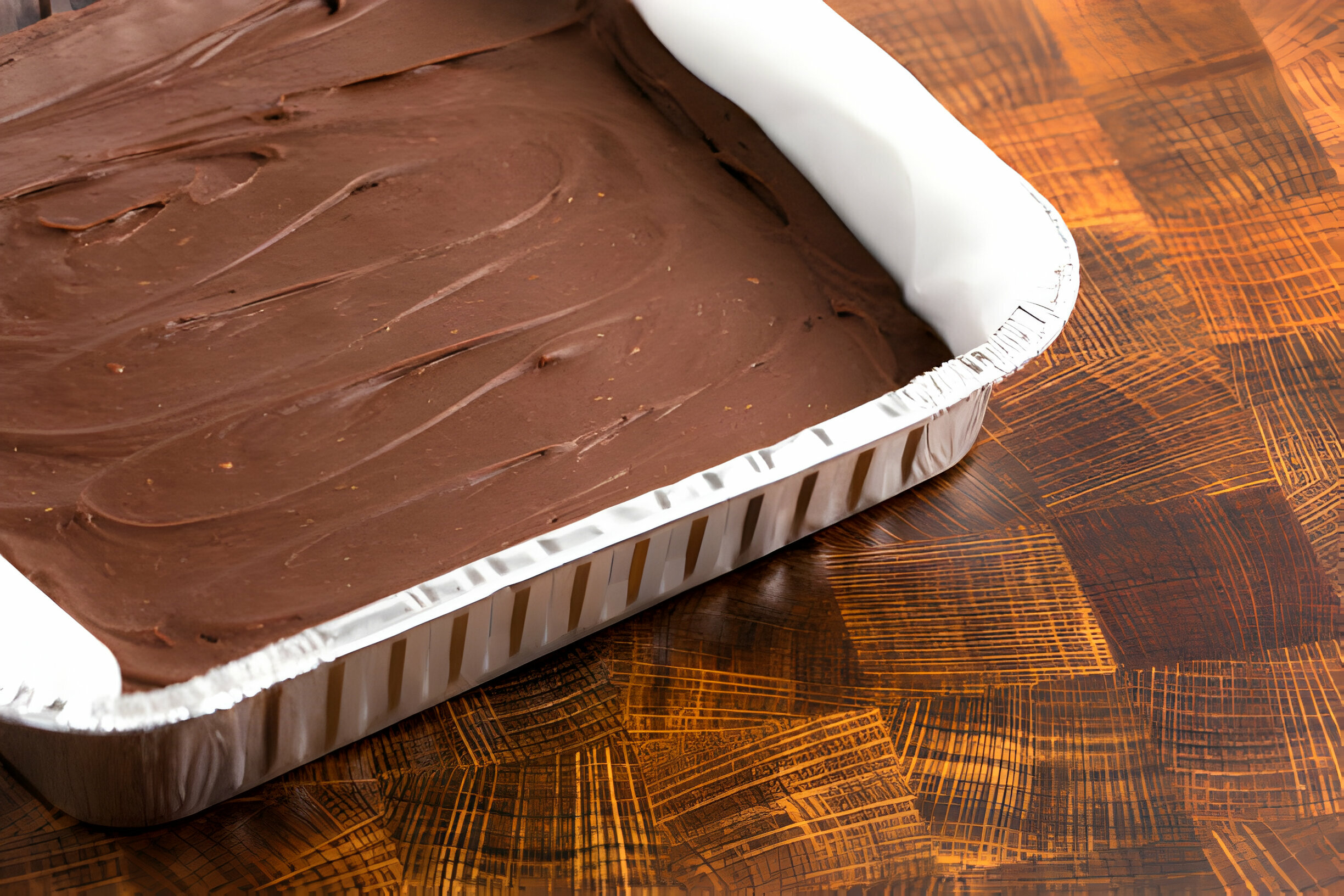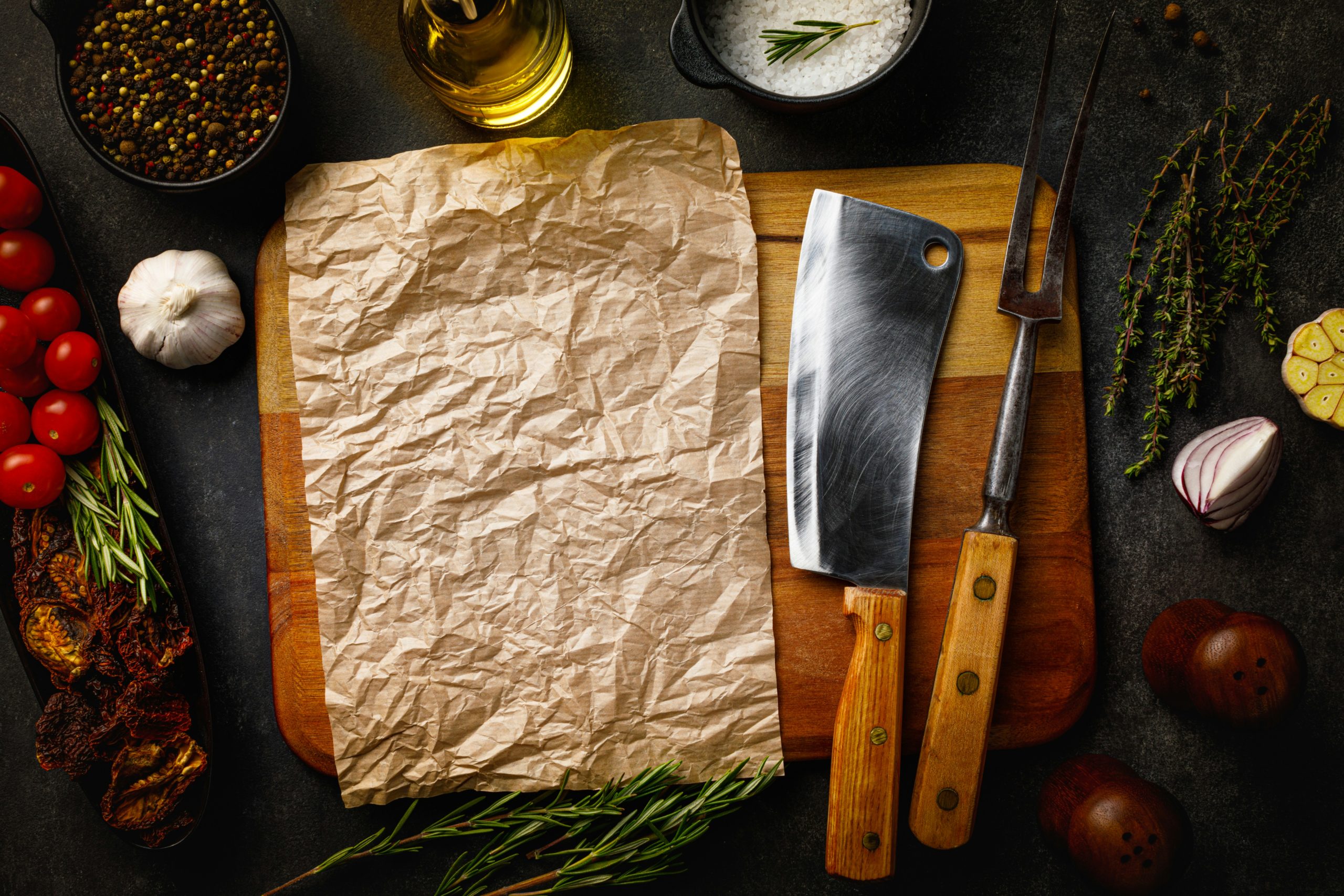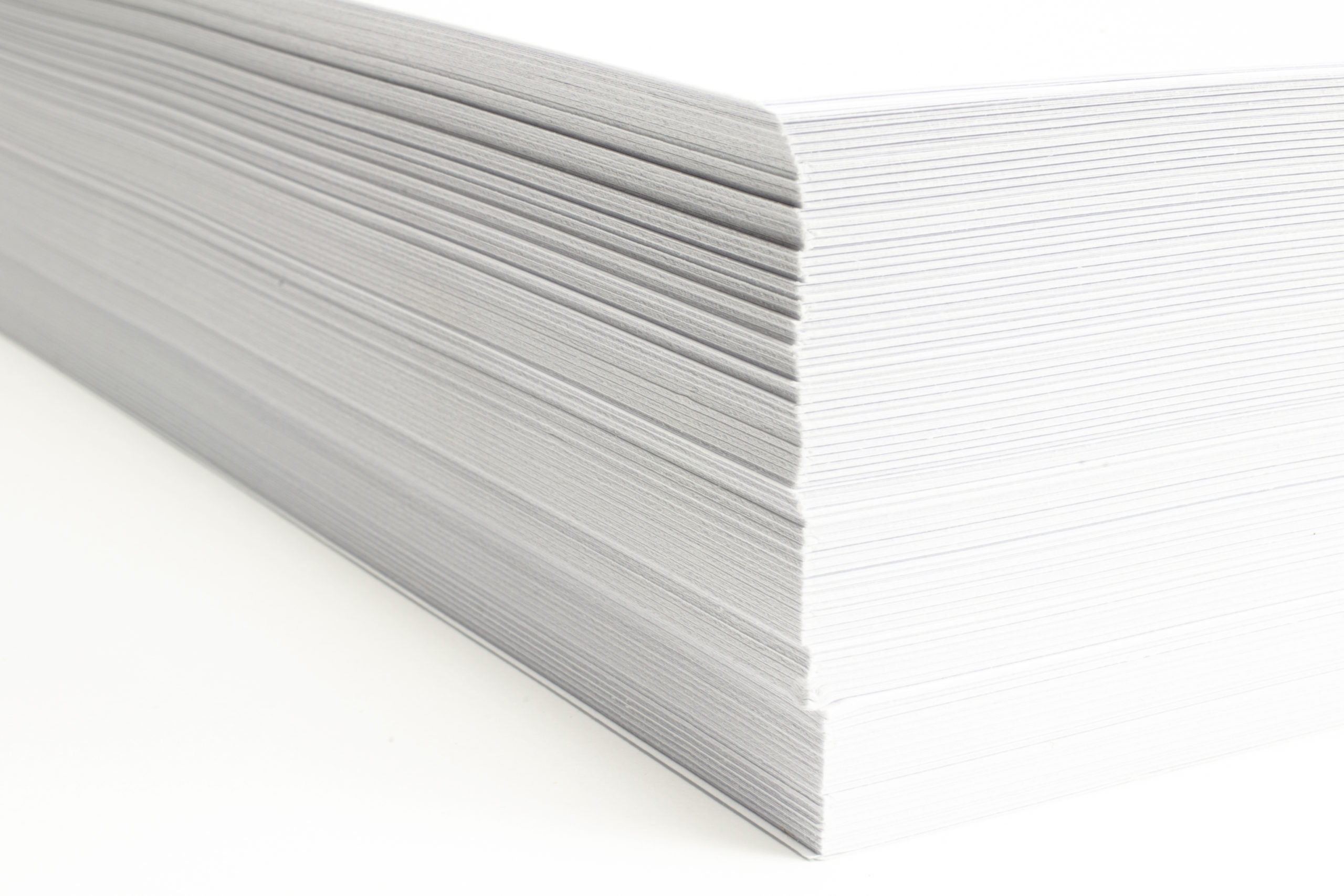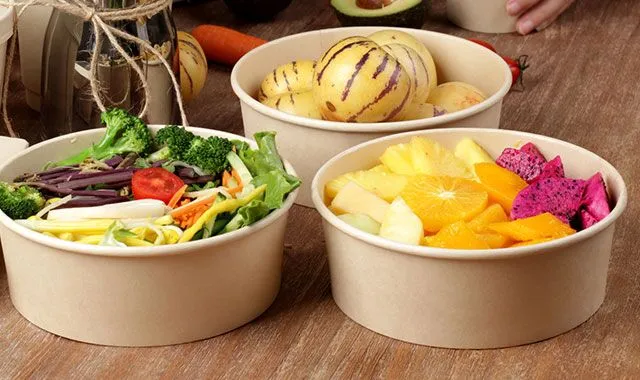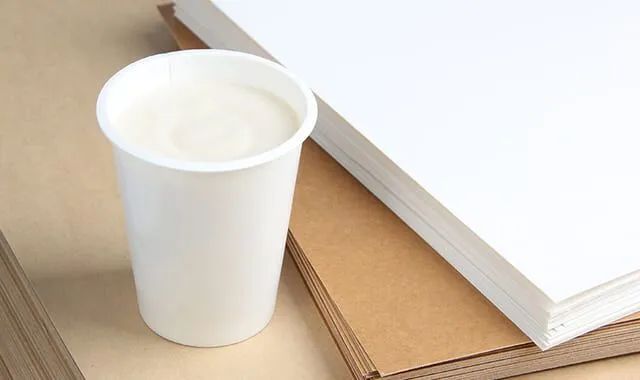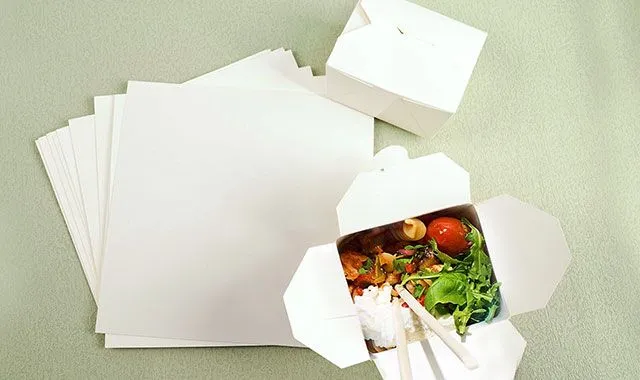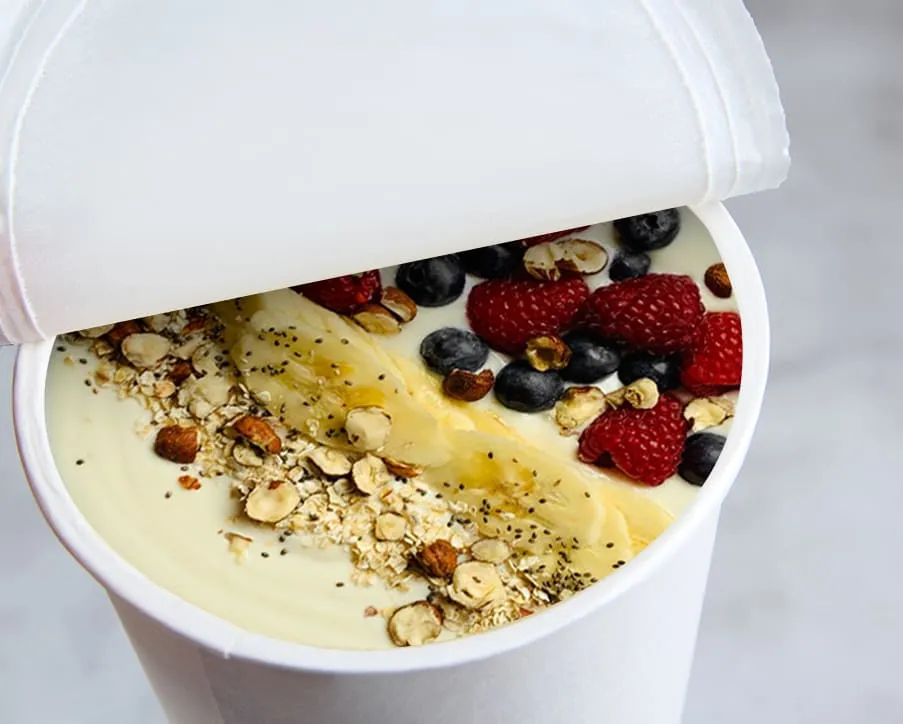
Kraft cup and salad bowl cardboard is a type of cardboard commonly used in beverage packaging, particularly in paper cup production. Made from kraft paper, this cardboard is known for its high durability, water resistance, and flexibility. Kraft cup cardboard is often preferred for paper cups used for serving coffee, tea, and other hot and cold beverages.
Characteristics of Kraft Cup Cardboard
-
Durability:
Kraft cup cardboard is a highly durable material, and it does not deform under external conditions while transporting beverages. It also resists heavy loads and deformations, ensuring the cups remain strong for long-term use.
-
Water Resistance:
Kraft cup cardboard is typically treated with waterproof coatings. These coatings are usually made from materials like polyethylene (PE), PLA, or wax, preventing the cardboard from getting wet when in contact with beverages. This feature is important for the use of the cardboard in hot drinks.
-
Environmentally Friendly:
Kraft paper is made from recyclable and biodegradable materials, making it environmentally friendly. Additionally, its production from recycled paper helps reduce harmful environmental impacts. This is a significant advantage for eco-conscious consumers and companies.
-
High Temperature Resistance:
Kraft cup cardboard is designed to withstand the high temperatures of hot beverages. It is ideal for drinks like coffee, tea, and hot chocolate. The cardboard does not deform when in contact with liquids and ensures safe beverage transportation.
-
Good Printing Surface:
Kraft cup cardboard has a smooth surface, allowing brands to print logos and advertisements effectively. The prints can be clear and vibrant, enhancing promotional efforts on packaging.
-
Flexibility and Easy Shaping:
Kraft cup cardboard is flexible, making it easy for the cups to take shape and fold, which increases efficiency in the manufacturing process.
Uses of Kraft Cup Cardboard
-
Paper Cup Production:
Kraft cup cardboard is widely used in the production of paper cups. It is particularly preferred for serving coffee, tea, cold beverages, and fruit juices. Single-layer or double-layer kraft cup cardboard maintains the temperature balance of the drink and prevents sticking.
-
Packaging and Transport:
Kraft cup cardboard is also used in various packaging applications. Its durable structure is especially useful in the beverage sector for transporting and storing drinks.
-
Hot Beverages:
Kraft cup cardboard is an ideal material for transporting and serving hot beverages. It is commonly used in coffee shops, tea houses, and fast food restaurants.
-
Eco-Friendly Products:
Environmentally conscious brands choose kraft cup cardboard as a natural and recyclable material. This makes it a popular choice for businesses offering sustainable and eco-friendly packaging solutions.
-
Packaging and Storage:
Kraft cup cardboard is sometimes used in food packaging and storage processes. Its high durability and resistance to water help ensure safe food storage.
Production Process of Kraft Cup Cardboard
-
Kraft Paper Production:
Kraft cup cardboard is made from kraft paper. Kraft paper is produced using tree fibers or recycled paper, providing high durability.
-
Coating:
The inner surface of the cardboard is coated with materials like polyethylene (PE) or wax to give it waterproof properties. This coating prevents leaks from beverage contact and enhances the cardboard’s durability.
-
Printing and Design:
Logos, advertisements, and designs are printed on kraft cup cardboards. High-quality printing machines are typically used to ensure vibrant and clear prints that strengthen brand promotion.
-
Cutting and Shaping:
The produced cardboards are cut and shaped into the desired form using paper cup machines. This stage allows the cardboard to be folded into the shape of a cup.
-
Final Inspection and Packaging:
Once the kraft cup cardboard is cut and shaped, it undergoes a final inspection to ensure it meets the required quality standards. The finished product is then packaged for distribution.





